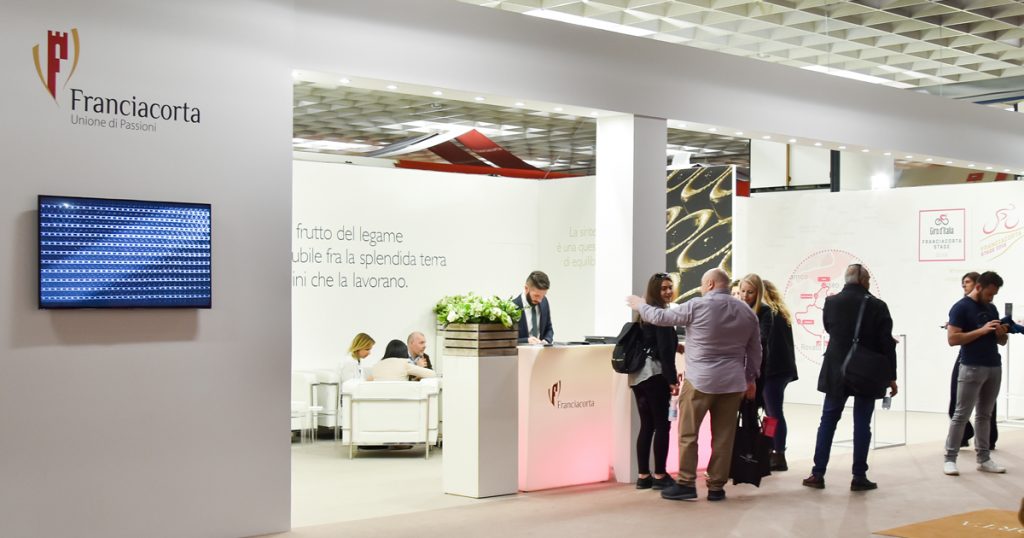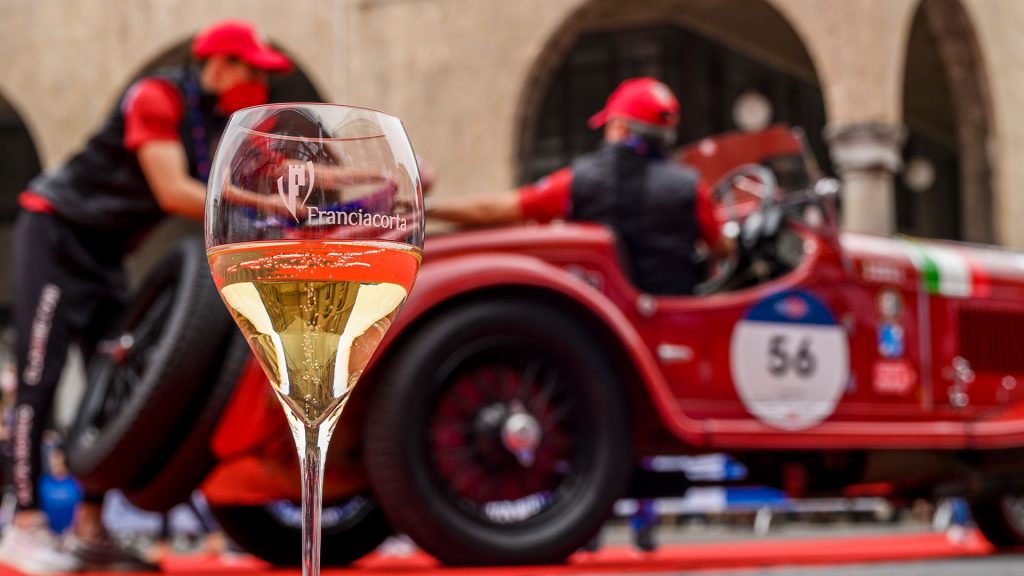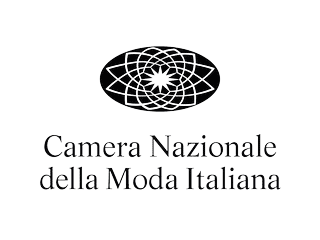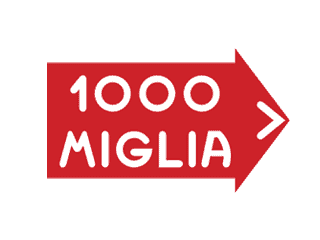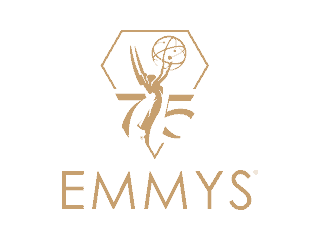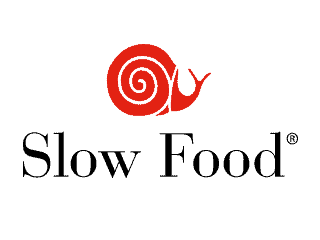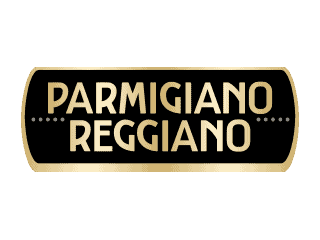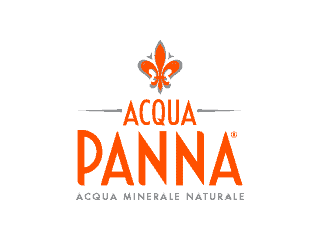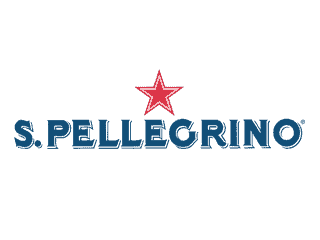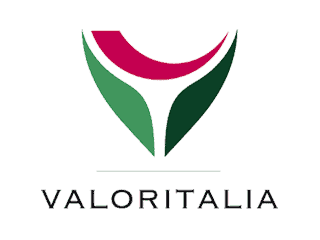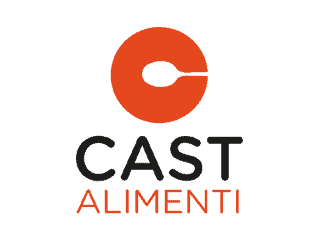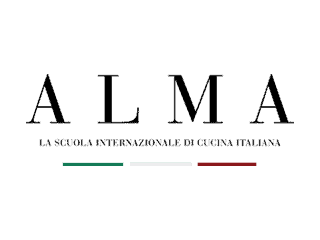A question of numbers
In 2011 the Franciacorta Consortium became the first winemaking sector body to provide specific data gathered by its member producers via the Economic Observatory, a data surveying and statistical analysis system regarding Franciacorta sales and distribution in Italy and around the world.
The system covered 82.4% of member firms in December 2023 and is based on data gathered in anonymous form, giving its members access to ongoing statistical information on sales and marketing helping them to identify business strategies and compare company and sector-wide trends.
Access to Economic Observatory data is also a strategic asset where consortium investment allocation is concerned as well as helping the consortium develop targeted Franciacorta brand promotion strategies.
Franciacorta in figures
Sales volume — 2023

(Estimated against company totals; sample of firms taking part in the economic observatory: 82.4%)
Sales volume Italy/Abroad — 2023
◉ Estero
◉ Italia

(Estimated against company totals; sample of firms taking part in the economic observatory: 82.4%)
Exports — 2023

(Volumes estimated against company totals; sample of firms taking part in the economic observatory: 82.4%)
Sales volume by type — 2023

(Volumes estimated against company totals; sample of firms taking part in the economic observatory: 82.4%)
Data analysis 2023
[Period of reference: January – December 2023. Estimated percentage of firms covered on 31/12/2023 82.4%]
Methodological note: The data contained in this document is an estimate of the total wineries belonging to the Consortium. This figure was calculated on the basis of the data supplied by the firms taking part in the economic observatory. Taking this sample as representative, coverage of participating firms is calculated every year (for example, 81.9% for 2022 and 82.4% for 2023) and all relative data is calculated as a percentage.
Summary of the previous year’s data (2022)
Taken as a whole, 2022 saw an estimated growth in sales volumes by all wineries of the equivalent of 20,212,348 bottles, generally on a par with 2021(-0.6%).
Fairer assessment requires verifying whether, on a longer time frame, the trend since the years prior to 2021 has been growth or otherwise, including using 2019 as a benchmark and, in fact, in these terms 2022 was a decidedly positive year.
Sales volumes on a par with those of the previous year were accompanied by a much more positive trend in turnover terms, with a higher growth rates demonstrating that average sales prices grew constantly.
In greater detail, the domestic market accounted for 88.5% of sales in 2022, in volume terms, a reduction of 2%, over 2021. Exports accounted for the remaining 11.5%, a positive growth rate of 11.3% which was partly due to a progressive recovery in international trade.
At the end of 2022 it was clear that no interpretation of sales data could take place without a consideration of certain external factors which are extremely likely to have impacted negatively on sales, such as reduced product availability by certain wine estates and the year’s economic, social and climatic factors.
2023
2023 began with a positive sales trend in the first month of the year followed, however, from February to July by a drop in sales volumes over the corresponding period of 2022.
Sales trends in August were once again positive but dropped slightly once again in the September to November period.
This trend reversed in December, increasing by twice as much as December 2022 (+13.6%).
Taken as a whole, 2023 saw an estimated growth in sales volumes by all wineries of the equivalent of 19,521,741 bottles, slightly lower than 2022 figures (-3.4%).
Contextualising the data cited facilitates understanding of the trends involved, supplemented by certain additional information.
In the first place, turnover data needs to be considered alongside volumes figures as these performed much better right through the year and led to average price growth.
2023 turnover shows growth rates of 2.8% over 2022 and average price growth of 6.4%.
For the purposes of more in-depth analysis it is also important to look back to the previous year once again. Sales data for the first quarter of 2022, in fact, were much higher than 2021 figures and this impacts negatively on analysis of the current year.
Last but not least, pre-pandemic sales trends need to be examined.
Whilst slightly lower than 2022 figures, in fact, the 2023 data highlights extremely positive growth rates if compared with 2019, prior to the pandemic.
As compared to the pre-pandemic period (2019) 2023 sales volumes increased 11.2% and turnover grew by 26.5%.
In greater detail, the domestic market accounted for 87.9% of sales, in volume terms, at the end of 2023, a growth of 4.1% over 2022 and 10.2% over 2019.
Exports accounted for the remaining 12.1%, a growth rate of +1.5% over 2022 and +19.1% over 2019.
Franciacorta’s performance abroad was thus better than Italian figures in this period too.
As regards sales channels, 2023 confirmed previous trends, with improved Horeca performance balanced by a more significant drop in large-scale distribution sales.
The distribution of domestic sales by Nielsen area shows that the north-west of Italy accounted for just under half of domestic turnover (47.2%), with the rest being divided up between the north-east, the centre and the south, with the first accounting for the largest share (20.9%) and the latter two 19.7% and 12.2% respectively.
Lombardy was once again the number one region (36.1% of Italian sales) followed by Emilia Romagna (10.4% of the domestic market). Lazio was at the bottom of the table with 8.8% of sales in Italy.
If exports are analysed by individual nation, Switzerland came out on top, accounting for 21.8% of total exports (a growth of 9.1% over 2022). Japan came next, with 14.2% of total exports (a growth of 5%), followed by Germany (11.9% of total exports, a growth of 10.4%), the United States (11.8% of exports, -0.7%) and Belgium (5.2% of total exports, a 10% drop).
Growth rates over the pre-pandemic period are also positive for the lion’s share of nations (for example Swiss sales volumes increased 41.3% over 2019, Belgium’s 23.3% and the United States’ 17.4%).
As regards types sold, in 2023 77.7% of overall sales were Franciacorta, 12.2% Franciacorta Satèn and 10.1% Franciacorta Rosé.
Non-single-vintage wines accounted for 89.5% of sales with the remaining 10.5% being single vintage wines (9.6%) and riservas (0.9%).
Globally, the average shelf price of an equivalent bottle of any type was €22.9 (including VAT) at the end of 2022.
In 2023 this went up to €24.4 including VAT.

